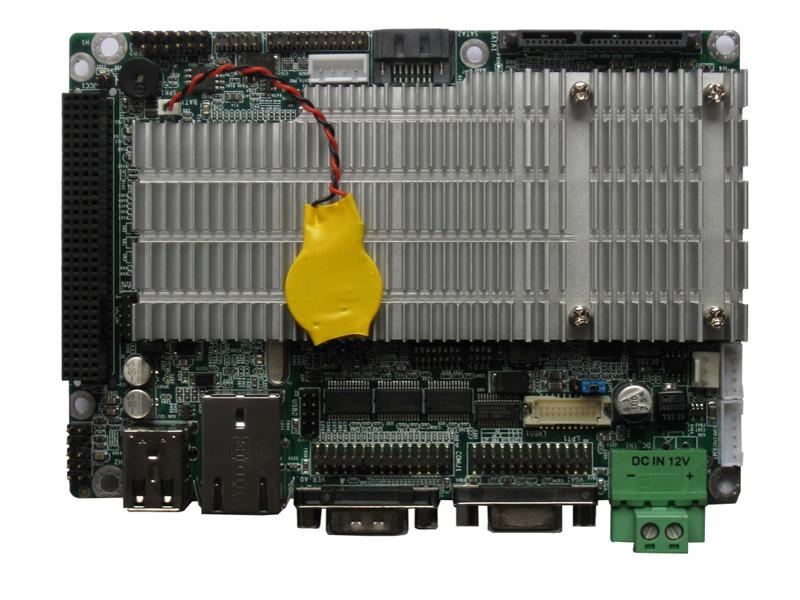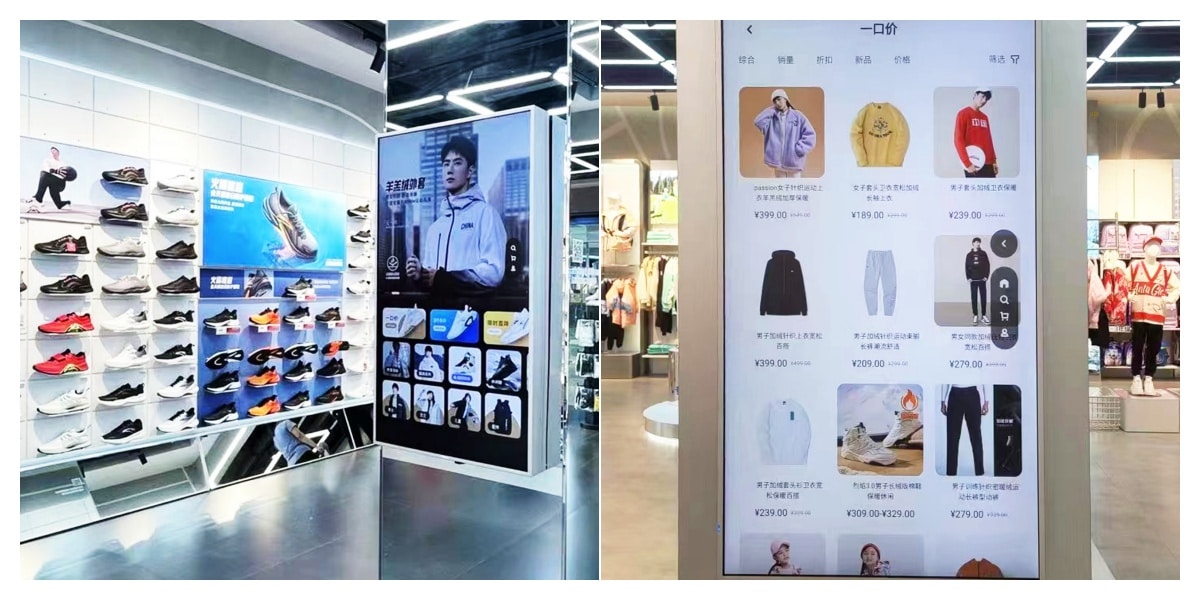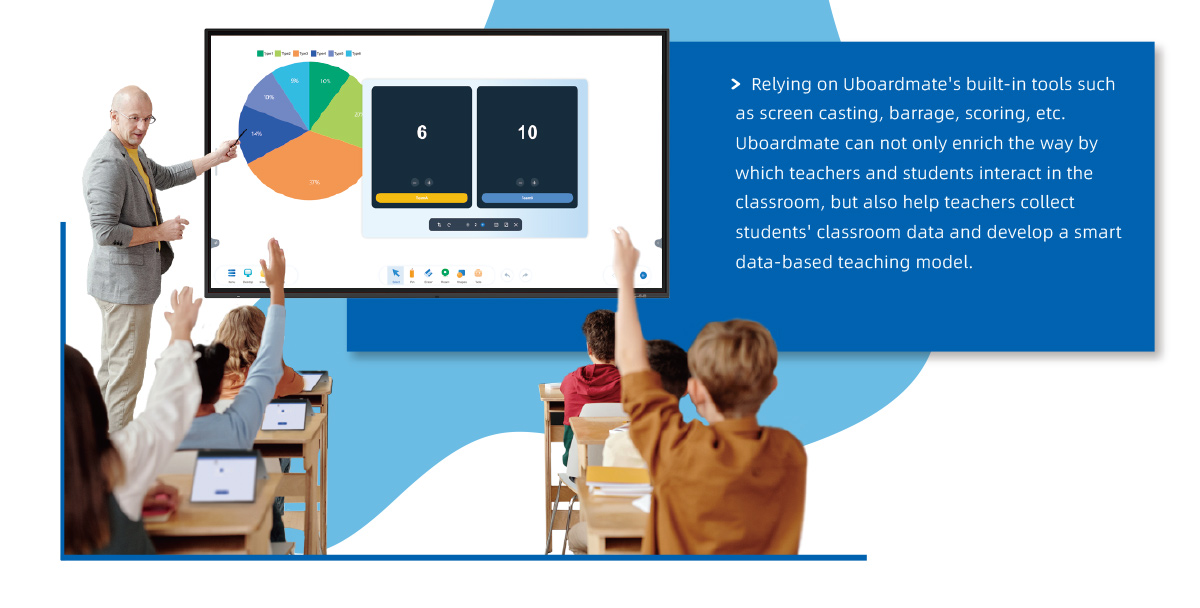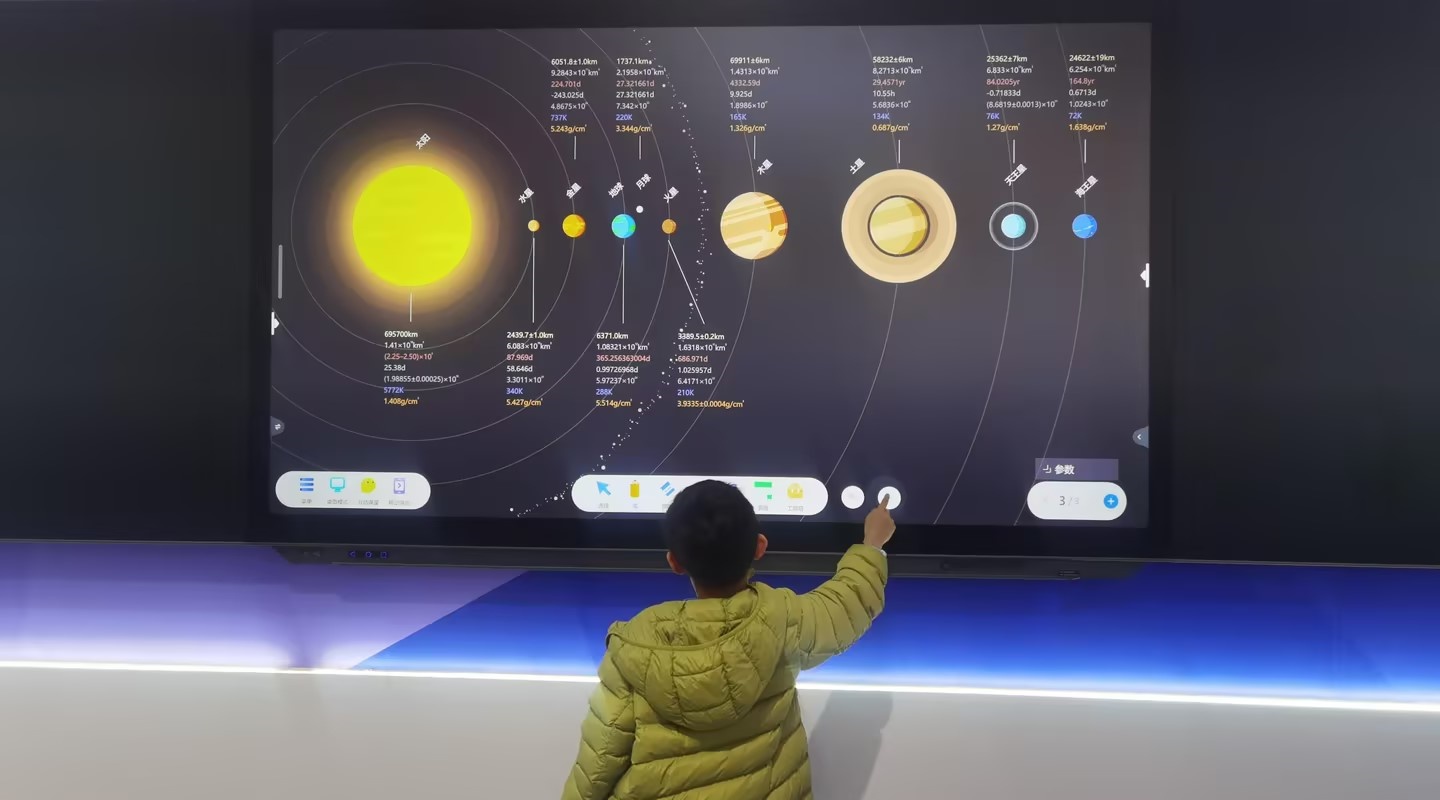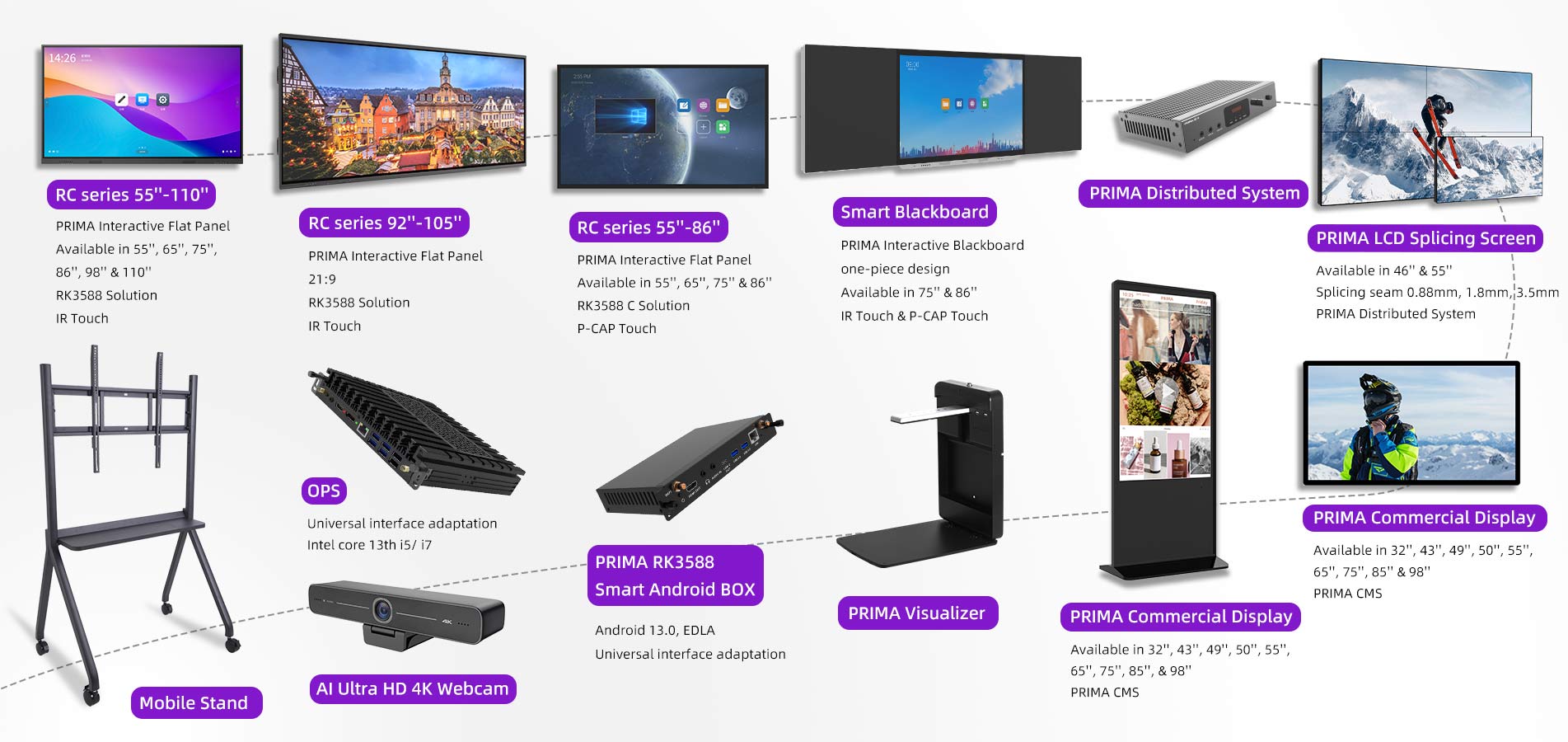The World of Night Vision Devices Seeing Beyond the Darkness
Introduction
In a world where the line between day and night can dictate the course of activities, night vision devices (NVDs) have become indispensable tools. From military operations to wildlife observation and nighttime photography, these devices have revolutionized how we interact with our environment in low-light conditions. This blog explores the fascinating technology behind night vision devices, their applications, and their evolution over the years.
What Are Night Vision Devices?
Night vision devices are optical instruments that allow users to see in low-light conditions or complete darkness. They work by amplifying the available light (infrared light, moonlight, starlight) to create a visible image. There are three primary types of night vision devices:
1. Image Intensifiers: These devices collect tiny amounts of light, including the lower portion of the infrared light spectrum, that are present but may be imperceptible to the naked eye. They then amplify it to a level that can be easily seen.
2. Thermal Imaging: These devices detect the heat emitted by objects. All objects emit infrared radiation, which increases with temperature. Thermal imagers detect this radiation and create an image based on the temperature differences.
3. Digital Night Vision: These devices use digital sensors to collect light, which is then processed and displayed on an LCD screen. They often provide clearer images than traditional image intensifiers and can also be used during the day.
Applications of Night Vision Devices
Night vision devices have a wide range of applications across various fields:
1. Military and Law Enforcement: NVDs are crucial for nighttime operations, surveillance, and navigation. They provide a significant tactical advantage in low-light conditions.
2. Wildlife Observation and Conservation: Researchers and wildlife enthusiasts use NVDs to observe nocturnal animals without disturbing their natural behavior.
3. Search and Rescue: During rescue missions in dark environments, NVDs can help locate and save individuals more efficiently.
4. Nighttime Photography and Videography: Photographers and filmmakers use night vision technology to capture images and videos in low-light conditions.
5. Home Security: Night vision cameras are common in home security systems, providing visibility in dark areas around the property.
Evolution of Night Vision Technology
The development of night vision technology dates back to World War II. The first-generation NVDs were large, cumbersome, and required infrared light sources to illuminate the scene. Over the years, advancements in technology have led to the creation of more compact, lightweight, and efficient devices.
First Generation (Gen 1): Introduced in the 1960s, these devices used image intensifier tubes to amplify available light. They required an infrared illuminator and had limited range and clarity.
Second Generation (Gen 2): Developed in the 1970s, Gen 2 devices featured improved image intensifier tubes and did not require an infrared illuminator. They offered better resolution and range.
Third Generation (Gen 3): These devices, developed in the 1980s, used gallium arsenide in the image intensifier tubes, significantly improving image quality, light amplification, and device longevity.
Fourth Generation (Gen 4): The latest advancement, these devices offer improved signal-to-noise ratio, higher resolution, and greater light sensitivity, providing superior performance in the darkest environments.
Choosing the Right Night Vision Device
When selecting a night vision device, consider the following factors:
1. Purpose: Determine the primary use (e.g., hunting, security, wildlife observation) to choose the appropriate type of NVD.
2. Generation: Higher generations (Gen 2, Gen 3, Gen 4) offer better performance but come at a higher cost. Select the generation that fits your needs and budget.
3. Magnification: Consider the level of magnification required. Higher magnification can reduce the field of view and image clarity.
4. Durability: Ensure the device is rugged and waterproof, especially for outdoor use.
5. Battery Life: Longer battery life is crucial for extended use, especially in remote areas.
Conclusion
Night vision devices have transformed how we perceive and interact with the world in darkness. From their military origins to their widespread civilian applications, NVDs continue to evolve, offering enhanced performance and accessibility. Whether for security, exploration, or research, night vision technology opens up a new realm of possibilities, allowing us to see beyond the darkness.

